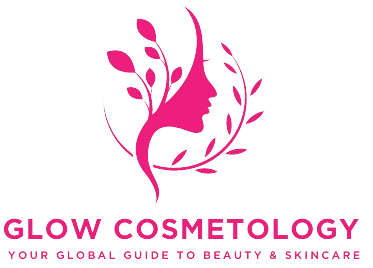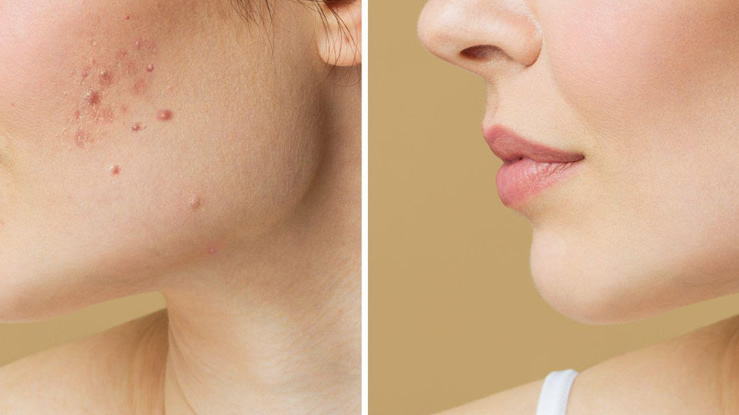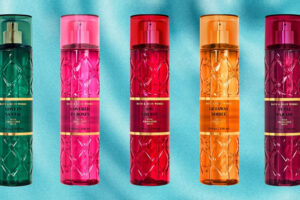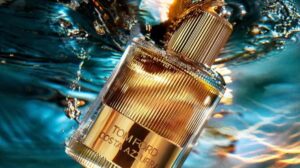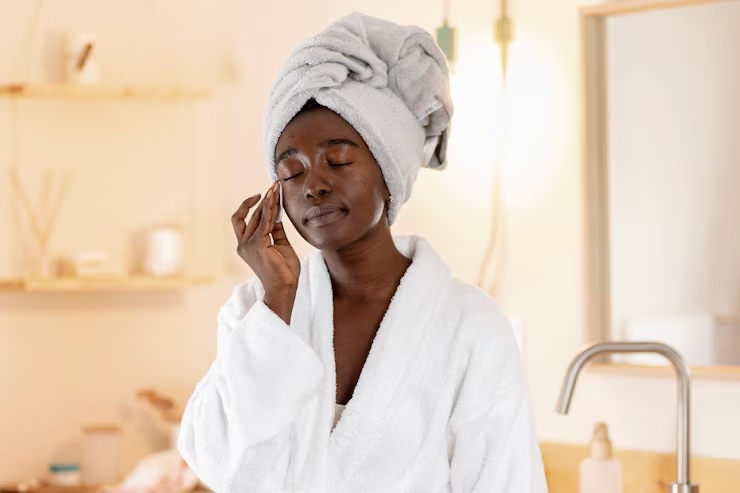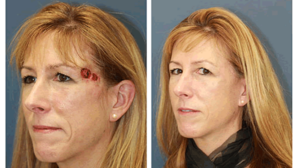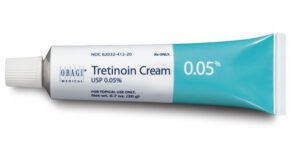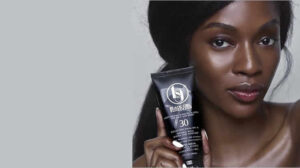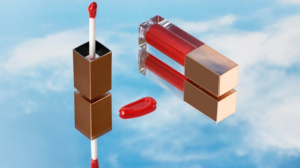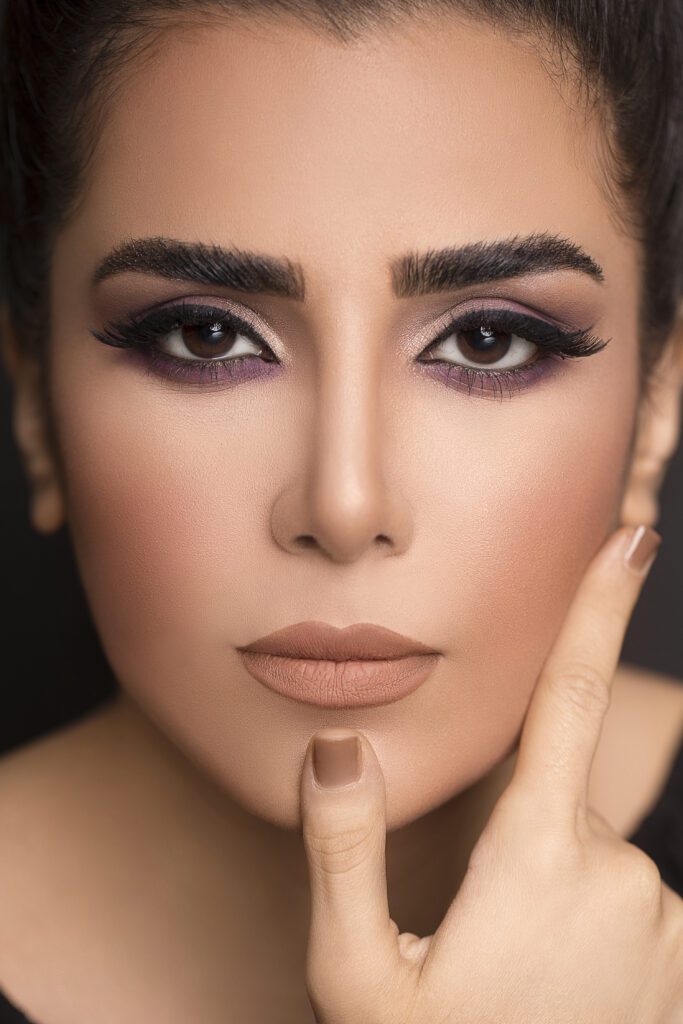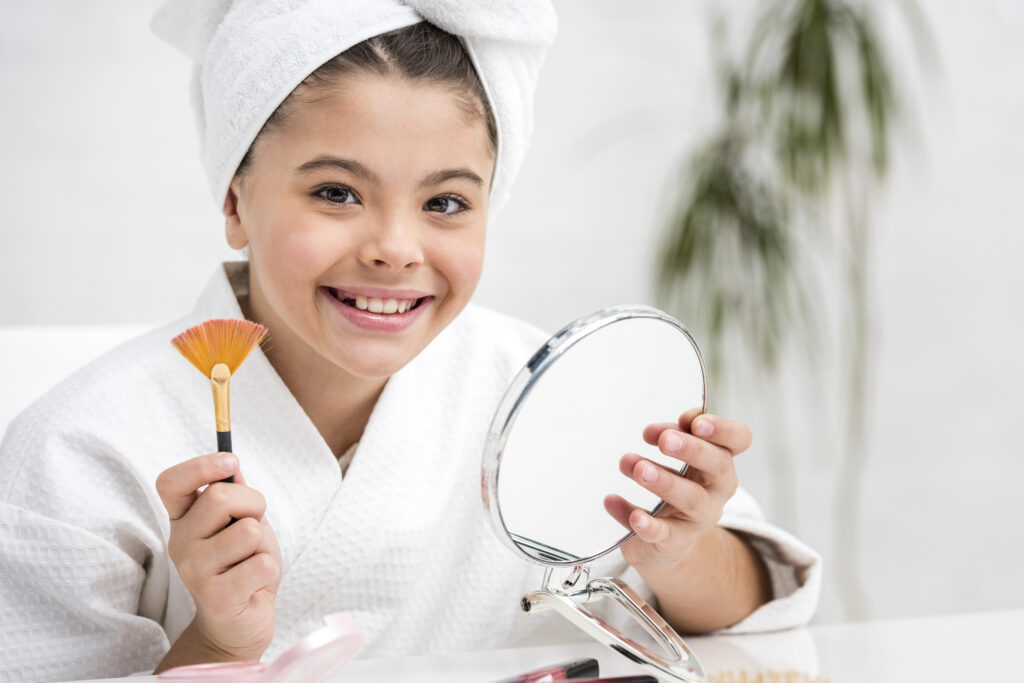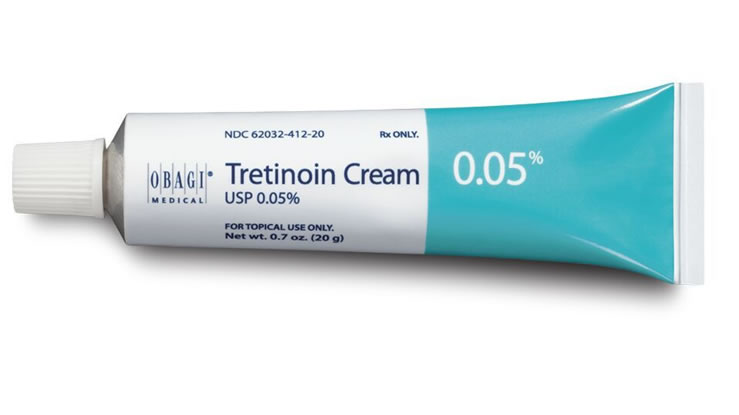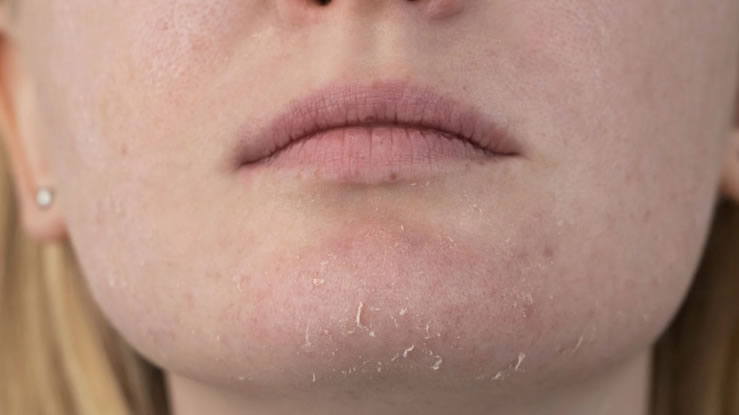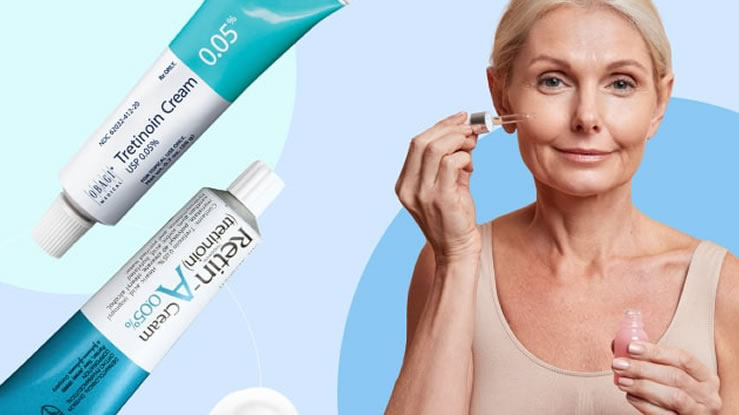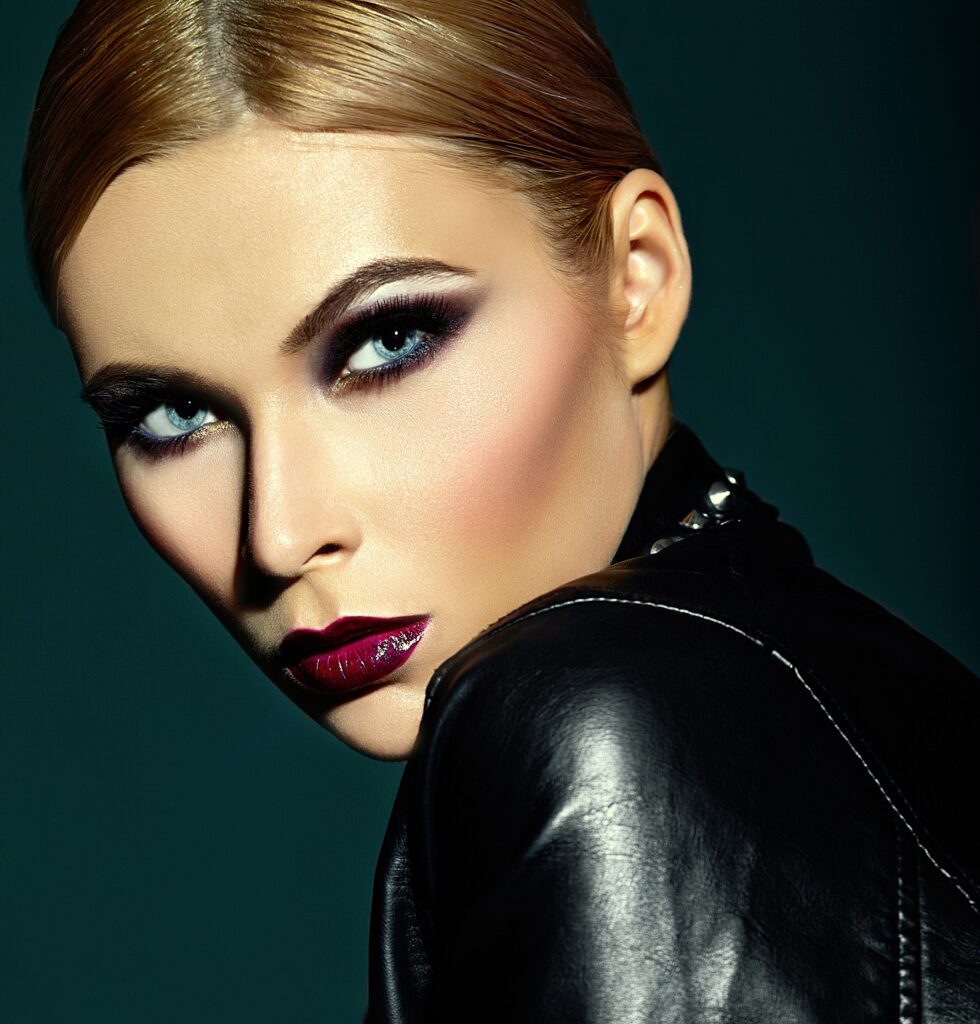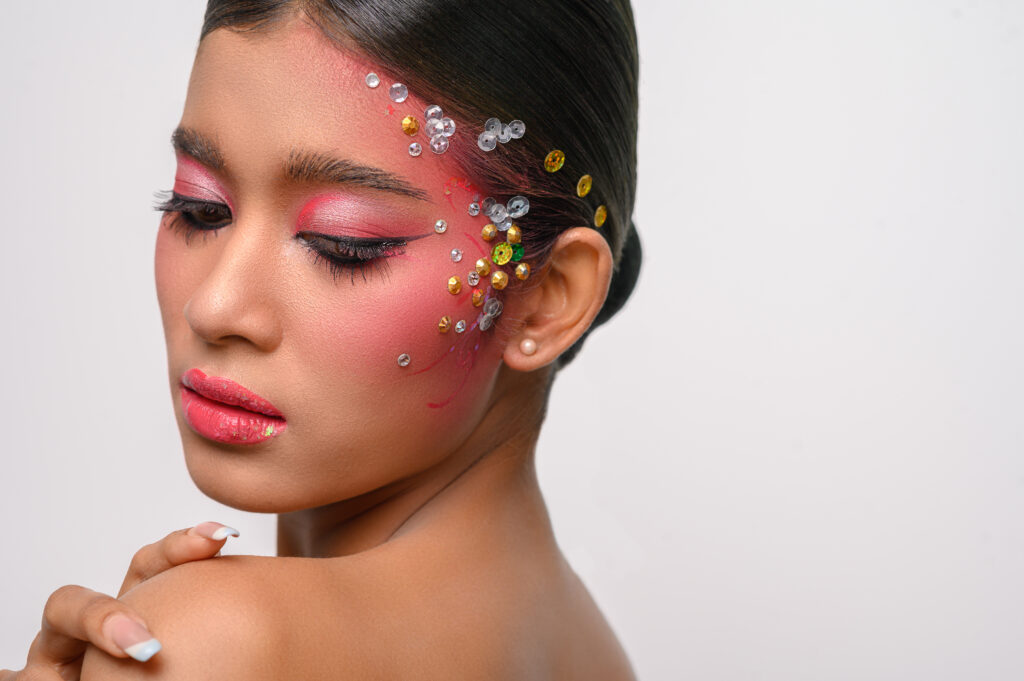Acne marks are the frustrating after-effects of breakouts that can take much longer to disappear than the pimples themselves. These marks can linger for weeks, months, or even years, affecting not just your skin but your confidence as well. If you’ve ever wondered how to get rid of acne marks for good, you’re not alone.
We reached out to real people skin care enthusiasts, acne survivors, and beauty lovers—to find out exactly what helped them fade their acne marks. The answers were raw, honest, and incredibly useful. From affordable serums to dermatologist-approved treatments, here’s everything you need to know about fading acne marks from people who’ve been through it.
Understanding Acne Marks
Before diving into what works, it’s important to understand the different types of marks that acne can leave behind. Not all acne marks are the same.
Post-inflammatory hyperpigmentation (PIH) are flat brown or dark red spots that remain after the inflammation from a pimple goes down. These are more common in darker skin tones and usually fade with time and proper care.
Post-inflammatory erythema (PIE) appears as pink or red marks left behind after acne. These are caused by dilated blood vessels rather than pigment and are more common in lighter skin tones.
True acne scars are different from marks. They are either indented (atrophic) or raised (hypertrophic) and occur when damage extends deeper into the skin. These often require professional treatment like microneedling or laser therapy.
This article focuses mainly on fading PIH and PIE through over-the-counter and skincare-based approaches.
Read Also>>>10 Skincare Habits That Worsen Acne And How to Avoid Them
Real Routine: Vitamin C for Brighter Skin
Mel, a skincare enthusiast, shared how vitamin C became her go-to for fading stubborn dark spots. After battling cystic acne, she was left with deep purple marks along her cheeks and jawline. She began using a 20 percent vitamin C serum every morning, layered under sunscreen. After six weeks, she noticed a significant reduction in the visibility of her marks and an overall brightening of her skin.
Her morning routine consisted of a gentle cleanser, the vitamin C serum, a lightweight moisturizer, and broad-spectrum sunscreen. At night, she used niacinamide to help regulate oil production and support her skin’s barrier.
Vitamin C is a well-studied antioxidant that helps reduce hyperpigmentation, brighten skin tone, and protect the skin from environmental stressors. It’s most effective when used consistently in the morning and followed with sunscreen.
Real Routine: Niacinamide and Glycolic Acid for Gradual Fading
Jared, a former acne sufferer, was hesitant to use active ingredients after experiencing irritation in the past. But after doing some research and easing into it, he began using niacinamide daily and glycolic acid two to three times a week at night.
He found that niacinamide not only helped fade old marks but also prevented new breakouts by regulating oil and calming inflammation. Glycolic acid, a chemical exfoliant, helped speed up skin cell turnover, allowing fresh, unmarked skin to surface faster.
He made sure not to use both products at the same time to avoid over-exfoliation. Niacinamide went into his morning and alternate night routines, while glycolic acid was reserved for separate nights.
For many, niacinamide is a game-changer because it’s gentle, suitable for most skin types, and helps with a variety of skin concerns including dullness, dark spots, and redness.
Real Routine: Azelaic Acid for Sensitive Skin
Sade, a skincare content creator with sensitive skin, couldn’t tolerate many actives like retinoids or strong acids. Her dermatologist recommended trying azelaic acid, a lesser-known ingredient that has antibacterial, anti-inflammatory, and pigment-reducing properties.
She began using a 10 percent azelaic acid suspension every night after cleansing and before moisturizing. After several weeks, she noticed her red marks faded significantly, and her skin tone became more even and calm.
Azelaic acid is especially useful for those with rosacea-prone skin or anyone dealing with both acne and pigmentation. It works gradually but is a great long-term solution.
Popular Ingredients for Fading Acne Marks
Among the dozens of stories we reviewed, certain ingredients kept showing up again and again. These are some of the most trusted and effective options used by people with real success:
Vitamin C is known for brightening skin and evening out tone. It is often used in the morning routine for its antioxidant protection.
Niacinamide is a calming, oil-regulating, and brightening ingredient that’s incredibly versatile and beginner-friendly.
Glycolic acid and other AHAs exfoliate the top layers of skin, helping to remove pigmented cells and encourage fresh skin to emerge.
Azelaic acid is a gentle, multi-functional ingredient that treats redness, pigmentation, and acne all at once.
Retinoids increase skin cell turnover and stimulate collagen production, gradually fading marks and smoothing texture. They require patience and care, but many say they deliver dramatic long-term results.
Sunscreen is critical. It prevents existing marks from getting darker and ensures that your treatments work effectively. Without sunscreen, many brightening products can be rendered useless.
Small Lifestyle Changes That Made a Big Difference
While skincare was central to everyone’s journey, many also mentioned small lifestyle tweaks that helped support skin healing and prevent new breakouts.
Staying hydrated helped maintain plump, healthy skin and sped up healing.
Eating a balanced diet and reducing intake of dairy, sugar, or greasy foods made a noticeable difference in how often they broke out.
Getting consistent sleep helped reduce stress-related breakouts and gave skin time to repair itself.
Not picking at pimples or touching the face was key. Many people noted that their worst marks came from spots they had popped or scratched.
Professional Treatments for Stubborn Acne Marks
For more stubborn or deeper pigmentation, several people turned to professionals.
Chemical peels using glycolic or salicylic acid helped clear dead skin layers and revealed brighter, more even skin. Most had these done monthly over a few sessions.
Microneedling was praised for helping with both texture and pigmentation. Tiny needles create micro-injuries in the skin, encouraging healing and collagen production. Some combined microneedling with serums for even better results.
Laser treatments, while more expensive, were highly effective for those who had the budget and were dealing with deeper, longer-lasting marks. IPL (intense pulsed light) and fractional lasers were the most mentioned.
Everyone emphasized the importance of going to a licensed professional, doing a patch test, and closely following post-procedure care to avoid complications.
Mistakes People Regretted Making
It wasn’t all smooth sailing. Many shared their regrets so others could avoid the same pitfalls.
Using lemon juice or other harsh DIY treatments often led to burns or increased pigmentation.
Over-exfoliating by layering too many actives led to skin barrier damage, increased redness, and more breakouts.
Neglecting sunscreen was one of the most common mistakes. Some people said they saw great results with vitamin C or acids, only to have their marks darken again because they didn’t protect their skin from the sun.
Expecting overnight results caused frustration and led some to abandon routines that were working. Fading acne marks takes weeks or even months of consistent care.
Confidence Beyond the Skin
Many said that while improving their skin made them feel better about themselves, the process taught them something even more valuable: patience and self-love.
For some, sharing no-filter selfies was a huge step. Others said they learned to embrace makeup-free days or go on dates again after years of feeling self-conscious.
Healing skin helped, but so did learning to appreciate themselves beyond their appearance.
A Basic Routine for Fading Acne Marks
If you’re just starting your journey to fade acne marks, here’s a simplified routine based on what worked for real people:
Morning:
-
Gentle cleanser
-
Vitamin C serum
-
Lightweight moisturizer
-
Broad-spectrum sunscreen
Night:
-
Cleanser
-
Niacinamide or azelaic acid
-
Moisturizer
-
Retinoid two to three times a week if tolerated
You can add a glycolic acid toner or exfoliant once or twice a week, but never on the same night as retinoids.
Fading acne marks is a marathon, not a sprint. What worked for someone else might not work for you immediately, but that doesn’t mean it won’t work at all. The most consistent advice was to build a simple, sustainable routine, stick with it, and be patient.
Most importantly, treat your skin with kindness—and yourself with even more. The journey to clearer skin is also a journey toward greater confidence and self-awareness.
